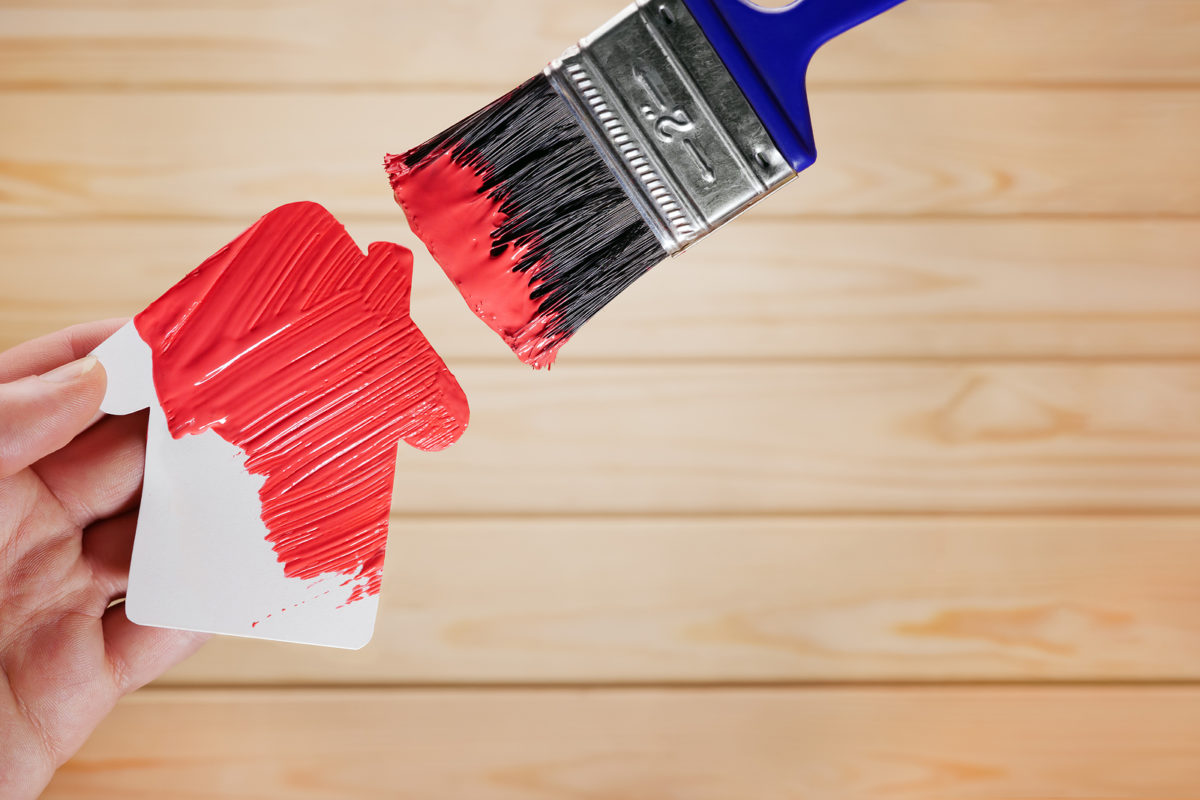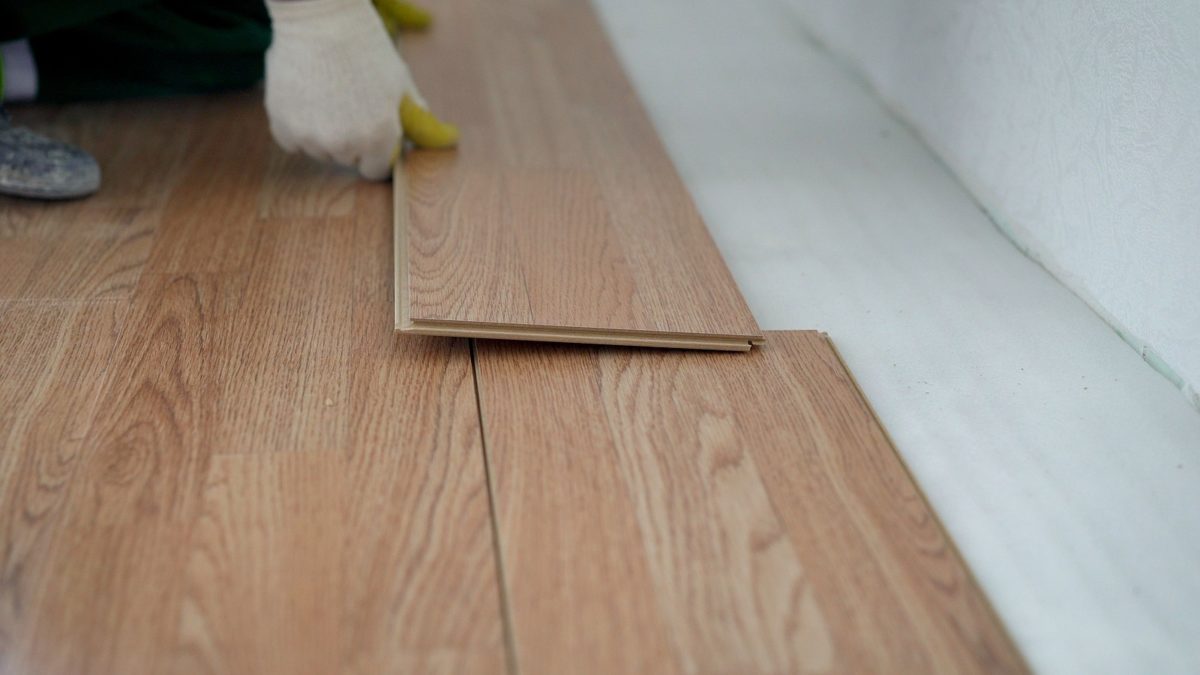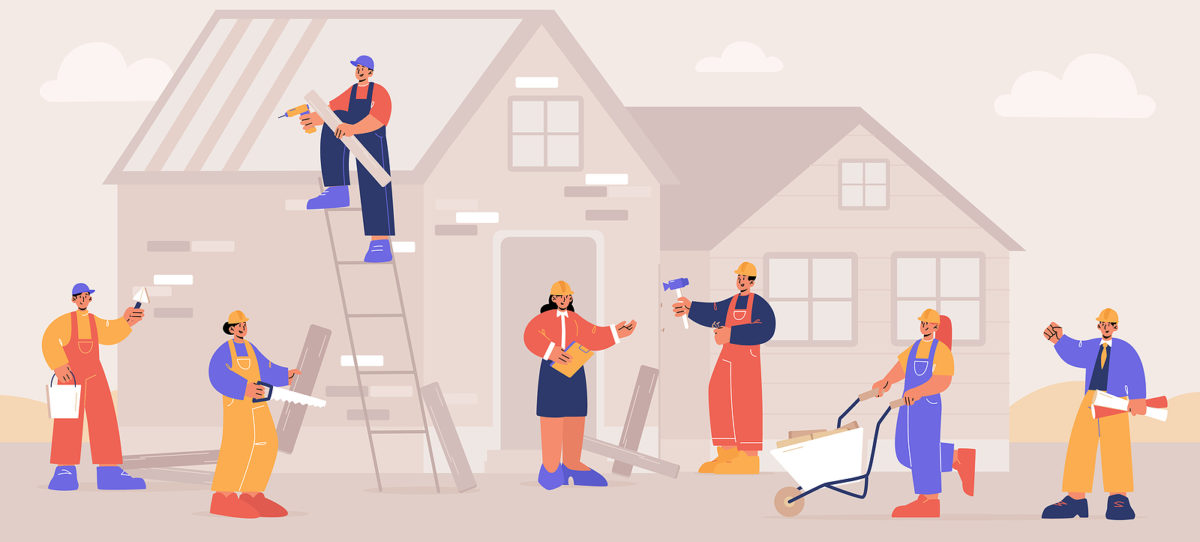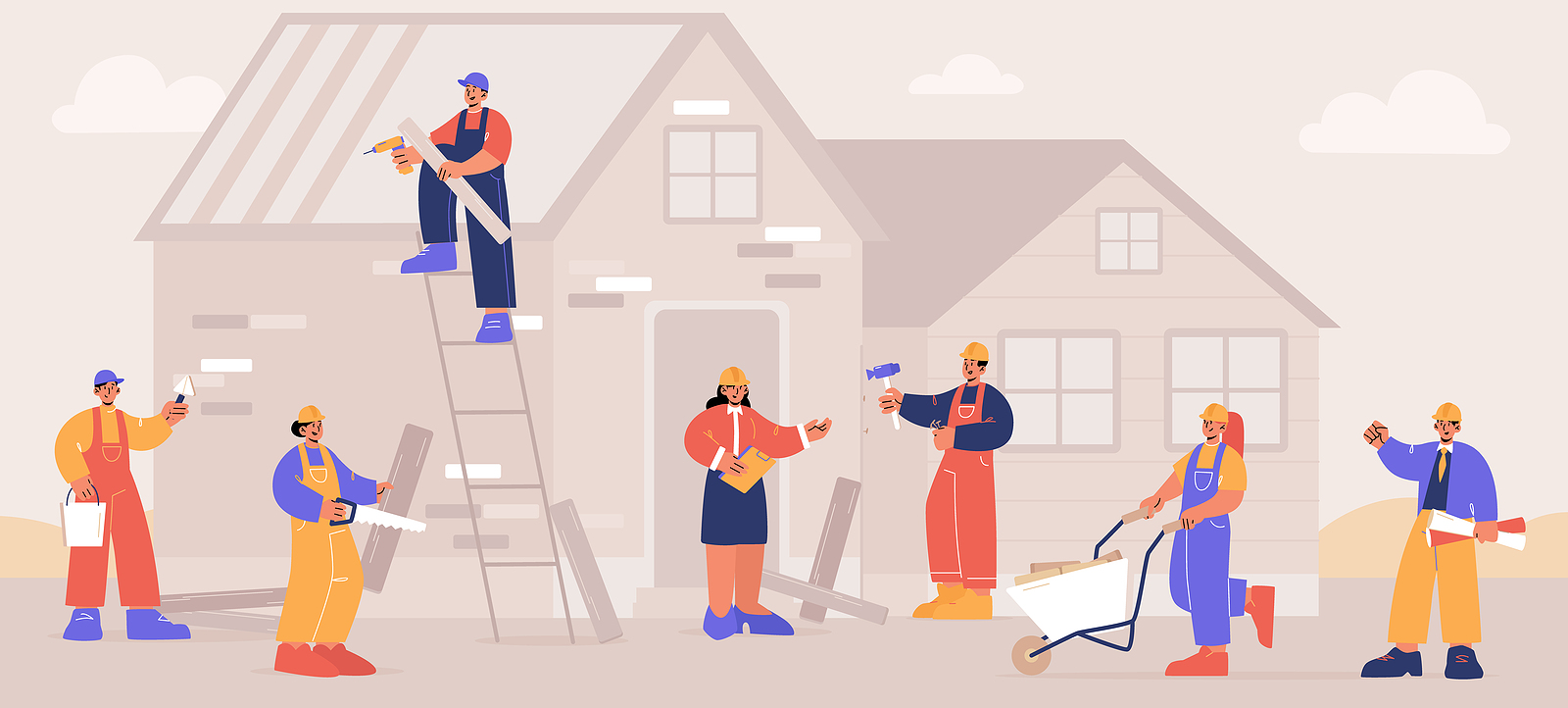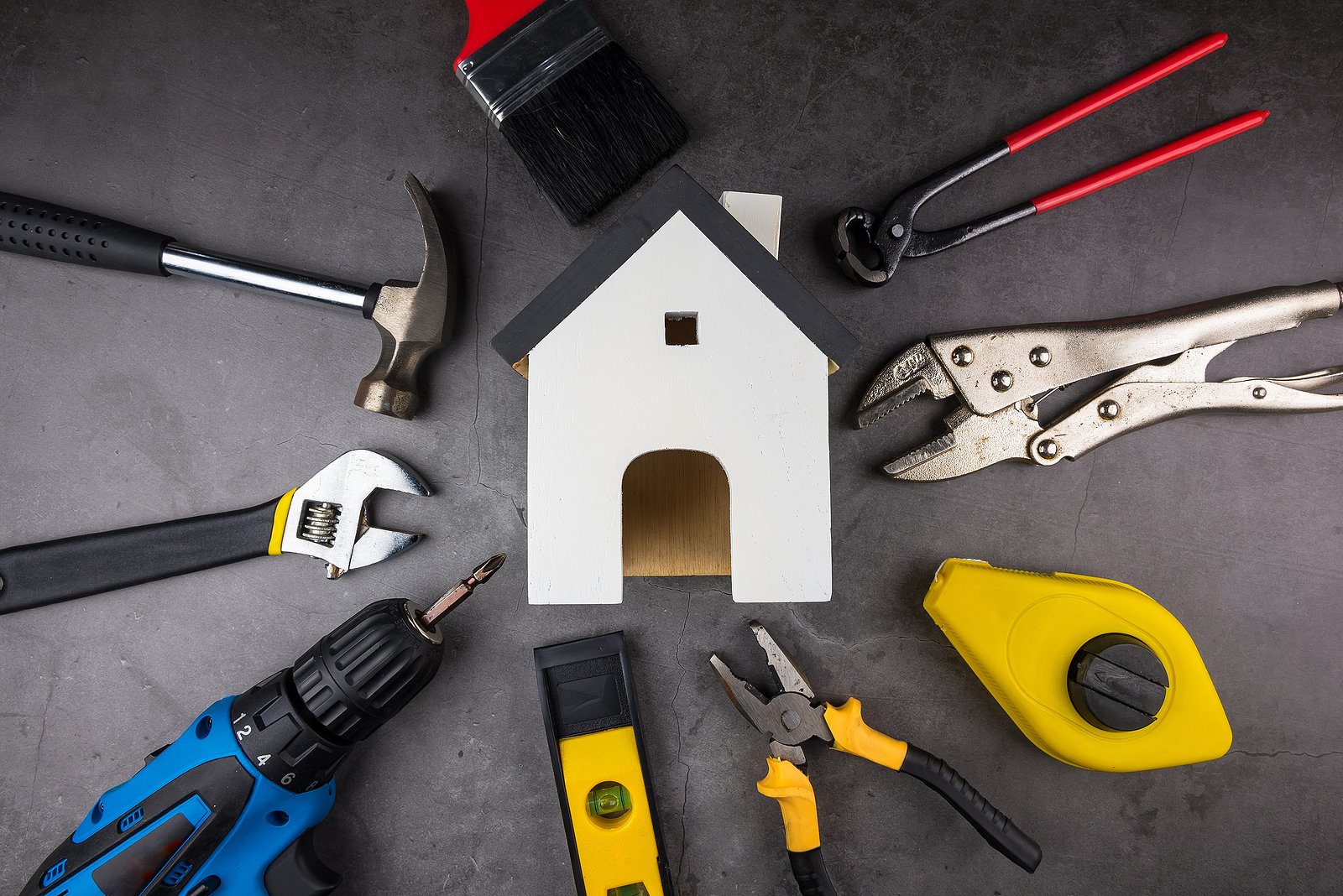When was the last time the exterior of your home got a fresh coat of paint? The experts say that homes should be painted every five years, although we know far too many homeowners who have greatly exceeded that deadline.
That’s ok, though. Now that you’re selling, however, consider painting. Not only will the home look yummy in the marketing photos, but buyers’ perceptions will be that the home has been lovingly cared for and maintained.
Stand in front of your home; what do you see?
Curb appeal. You’ll hear that phrase a lot while researching how to get your home ready for the market.
Curb appeal is that first impression that a buyer gets when looking at photos of the exterior of the home or while sitting in their cars at the curb before touring the interior.
It’s akin to dressing the part when applying for a job. First impressions are critical.
As you get closer to sale time and you’re gathering advice, you’ll no doubt hear the term “neutral colors,” repeatedly. And, this advice has merit.
A few years ago, a survey by a large real estate conglomerate found that homes painted yellow sold for less than expected. In fact, these homeowners made, on average, nearly $3,500 less than they had hoped to earn.
Some colors may make you money while others may snatch it right out of your pocket.
Another study concentrates just on the color of the home’s front door and suggests that you do as well.
Paint colors to make homebuyers swoon
So, what are the best colors for that front door? Believe it or not, a black front door may just bring you the most money at closing. It looks amazing on a home with a fresh coat of white paint.
Just this one small change could bring in a buyer willing to pay nearly $6,450 “… more than the typical U.S. home value,” according to the study.
The authors caution, however, that a black front door “… could turn many buyers off … But the payoff could be worth it if you’re willing to take the risk.”
As for the rest of the exterior of the home, consider white. Yup, white. According to the 2022 Paint & Color Trends 2022 Report published by the home improvement pros at by Fixr.com, 58% of the designers surveyed said that white is the exterior color of the year.
Other choices include:
- Off-white (Sherwin Williams ‘Alabaster’ is popular)
- Natural wood stains
- Gray (Benjamin Moore ‘Copley Gray’)
Avoid crazy or bold colors if you hope to attract maximum interest.
If you live in a managed community, consult with your HOA to ensure the exterior paint colors you choose are allowed in the community.
Bonus: Interior paint colors that buyers love
If your eyes glaze over when looking at interior paint swatches, take a tip from decorators and check out these colors:
- Behr’s Ground Ginger,
- Sherwin Williams’ ‘Pure White’
- Benjamin Moore’s ‘Intense White’
Need tips on how to pick the perfect paint color for the exterior of your home? Check out Paper Moon Painting, Better Homes & Gardens and Bob Villa.
